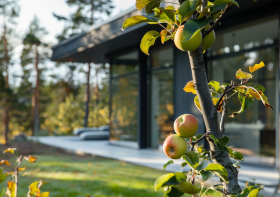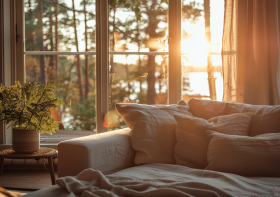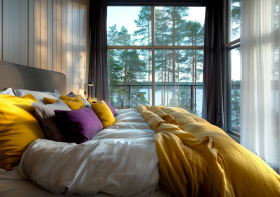Minimalist Living: Decluttering and Designing for Simplicity
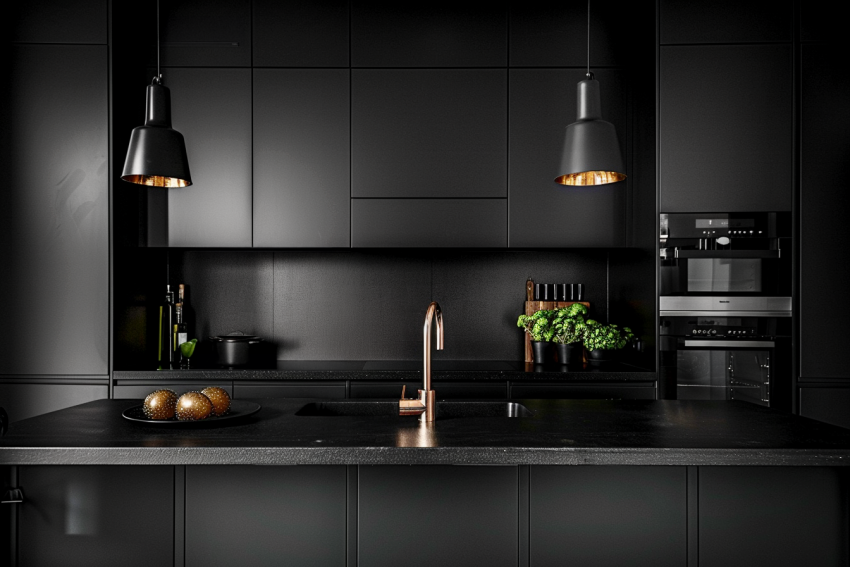
In a world where consumerism and the accumulation of things have long been equated with success and happiness, a quiet but powerful movement towards minimalism has taken root. Minimalist living isn’t just about having fewer possessions; it’s a deliberate choice to simplify your life and make space for what truly matters. This lifestyle encourages us to declutter not only our physical spaces but also our mental landscapes, leading to a more focused, peaceful, and fulfilling existence. Here’s how to embrace minimalist living by decluttering and designing your spaces for simplicity.
The Essence of Minimalism
Minimalism is more than an aesthetic; it’s a philosophy that advocates for living with less to enjoy more freedom, time, and space. It’s about prioritizing quality over quantity, and finding beauty and satisfaction in simplicity. In minimalist design, every object and piece of furniture serves a purpose, either functional or aesthetic, and is selected with intention.
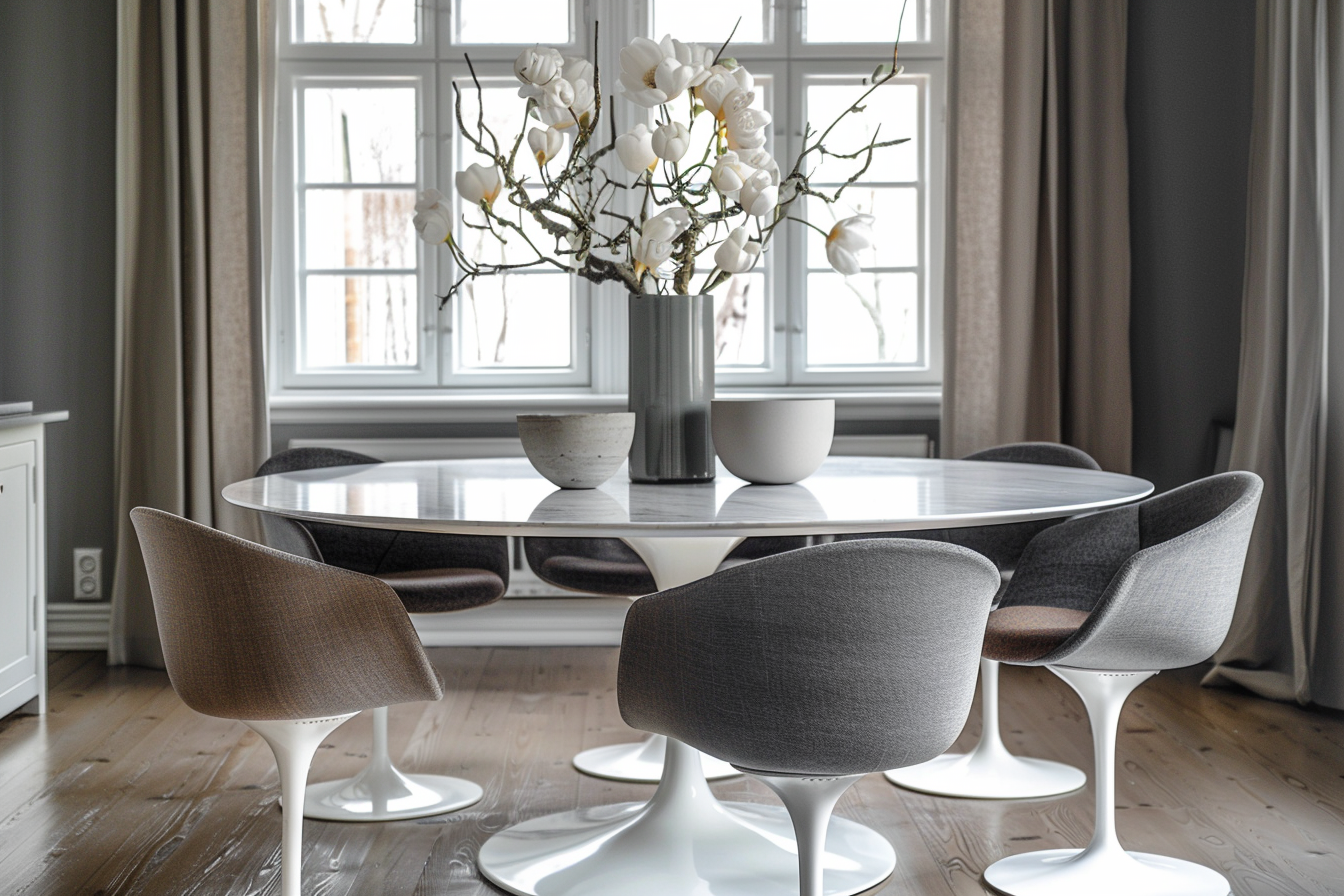
Decluttering: The First Step
The journey towards minimalist living begins with decluttering. Start by evaluating your possessions and asking yourself whether each item serves a purpose or brings you joy. This process isn’t just about getting rid of things; it’s about understanding your attachments and making conscious choices. As you declutter, you’ll likely uncover patterns in your consumption habits and start to appreciate the peace that comes with having less.
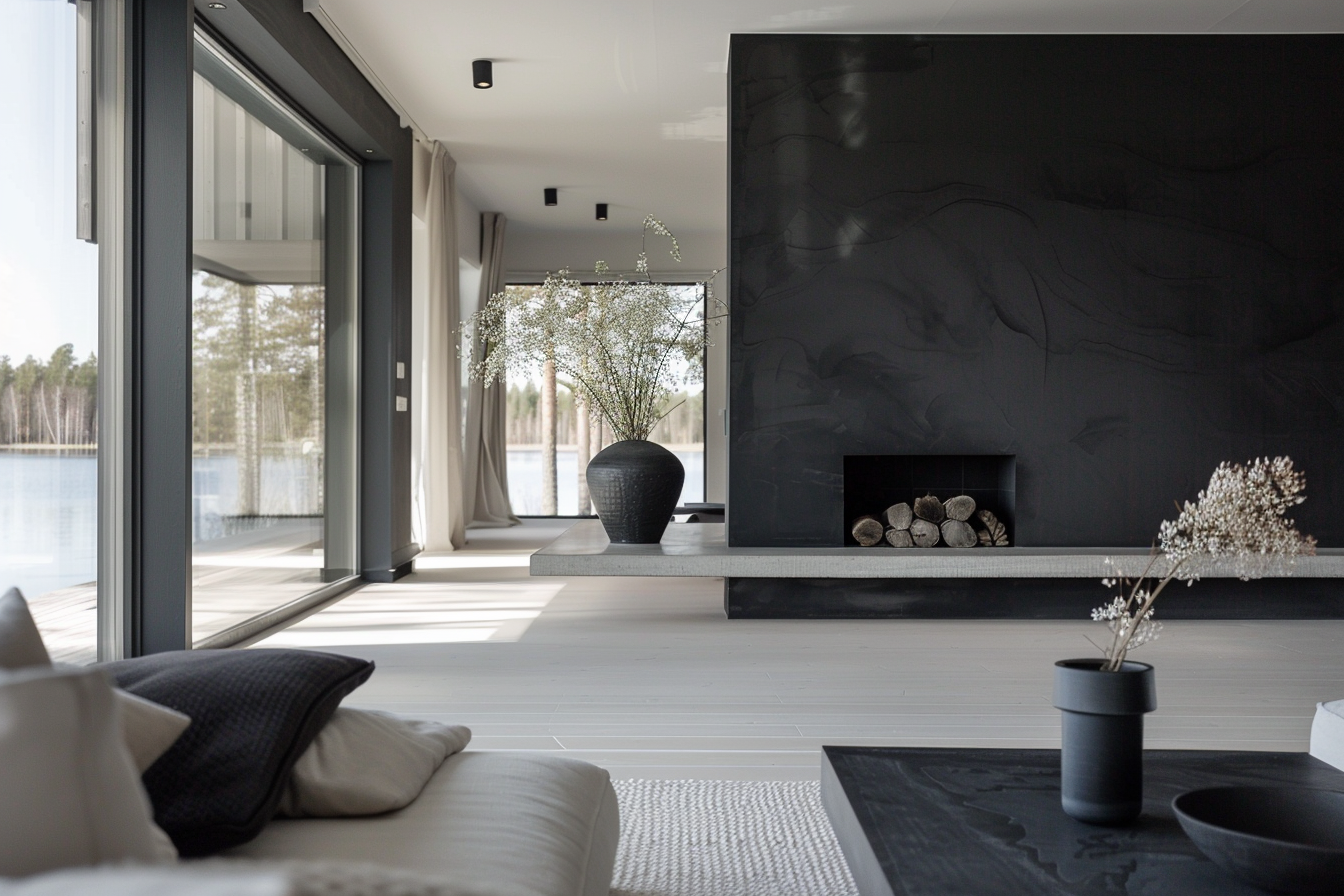
Designing for Simplicity
Once you’ve decluttered, it’s time to design your space with simplicity in mind. Here are some key principles to guide you:
- Choose Quality Over Quantity: Invest in high-quality items that not only look better but are also more durable. This reduces the need for frequent replacements and cuts down on waste.
- Opt for Neutral Colors: A minimalist color palette typically involves neutral colors. These provide a serene and uncluttered backdrop, making your space feel more open and tranquil.
- Embrace Open Spaces: Allow your rooms to breathe by not over-filling them. Open space is just as important as the items within it, creating a sense of freedom and movement.
- Functional Furniture: Select furniture that is both functional and stylish. Each piece should serve a clear purpose, and whenever possible, opt for items that can serve multiple functions to save space.
- Minimal Decorations: When it comes to decorations, less is more. Choose a few meaningful pieces of art or decor that speak to you, rather than cluttering surfaces with knick-knacks.
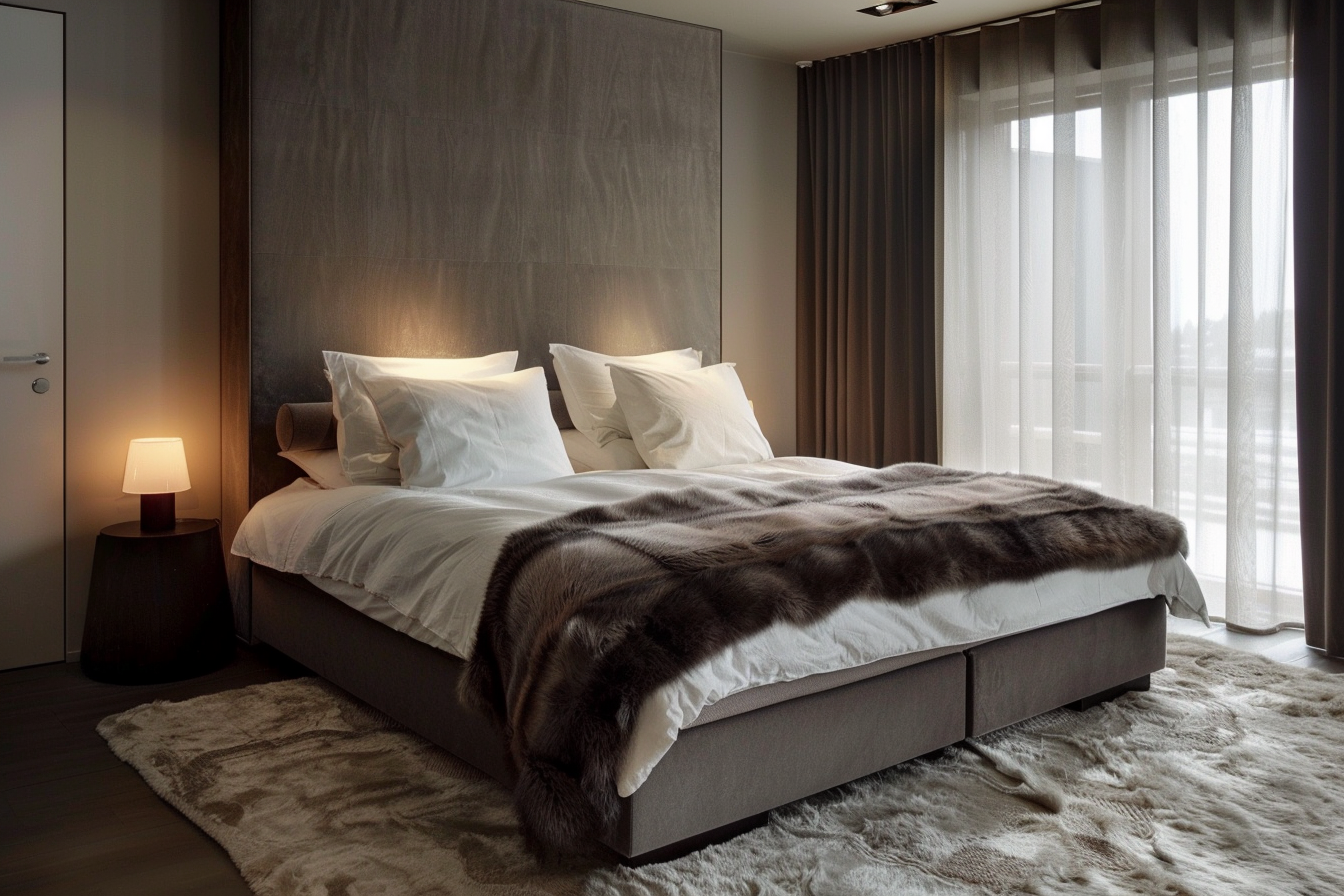
The Benefits of Minimalist Living
Adopting a minimalist lifestyle has numerous benefits, including:
- Reduced Stress: Fewer belongings mean less clutter, leading to a cleaner space and a clearer mind.
- Increased Focus: With fewer distractions, you can focus more on your goals, relationships, and personal growth.
- More Freedom: Minimalism frees up your time, space, and finances, allowing you to pursue the things you love.
- Environmental Impact: Living with less reduces your carbon footprint, contributing to a healthier planet.
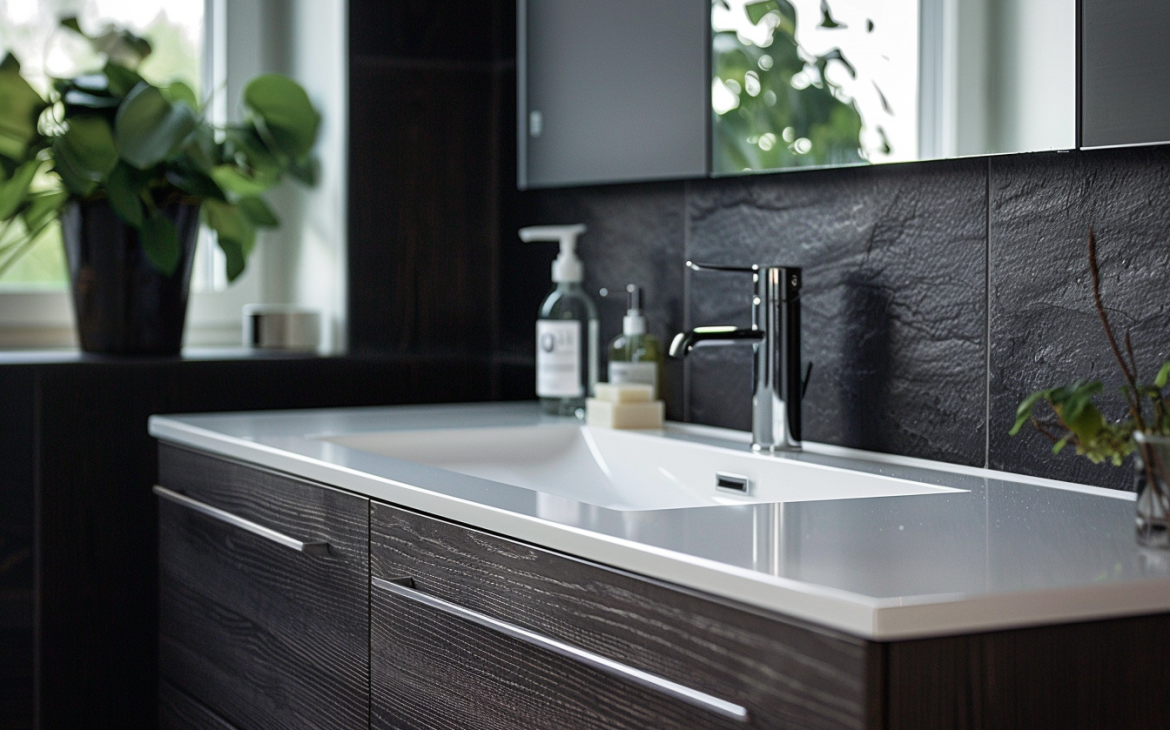
Making Minimalism Work for You
Minimalism isn’t about stripping away your personality or living without comfort. It’s about making mindful choices that align with your values and enhance your well-being. Start small, focus on what’s important, and remember that minimalism is a journey, not a destination. As you simplify your life, you’ll find that you’re not just decluttering your home, but you’re also creating space for a more intentional and fulfilling life.

If you want to learn more about designing different kind of spaces, buy my book Basics of interior design from Amazon.

